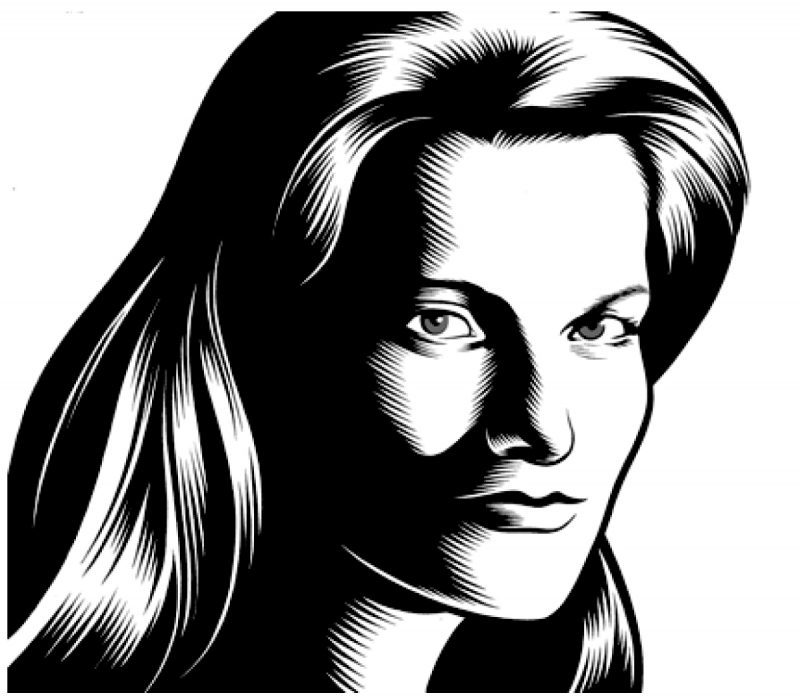There’s no such thing as a typical Jennifer Egan novel. Her first, The Invisible Circus, is set in the ’70s and follows a young woman’s quest to piece together her older sister’s travels across Europe and make sense of her untimely death. Her second novel, Look At Me, takes place in New York and Illinois around the year 2000, and addresses issues of terrorism before 9/11. It was a finalist for the 2001 National Book Award.
Egan’s new book, The Keep, is being published this month. A contemporary Gothic novel, it alternates between a castle setting in Eastern Europe and a U.S. prison. It’s unclear how the various stories are going to connect until they do. Maybe that’s one thing Egan’s novels—and her short stories—have in common: they’re all thrillers in their own way. The plots take you in a direction you didn’t foresee and you find yourself racing to the surprising conclusion.
You have reached your article limit
Sign up for a digital subscription and continue reading all new issues, plus our entire archives, for just $1.50/month.
Already a subscriber? Sign in





